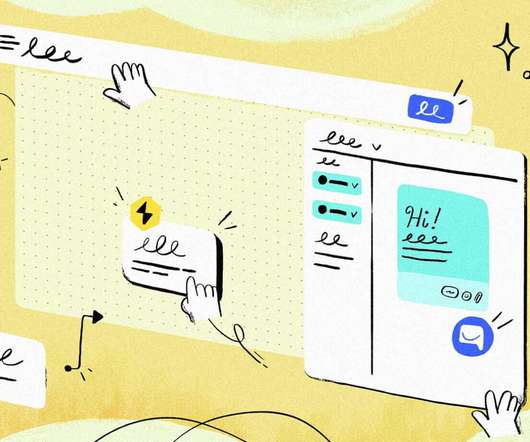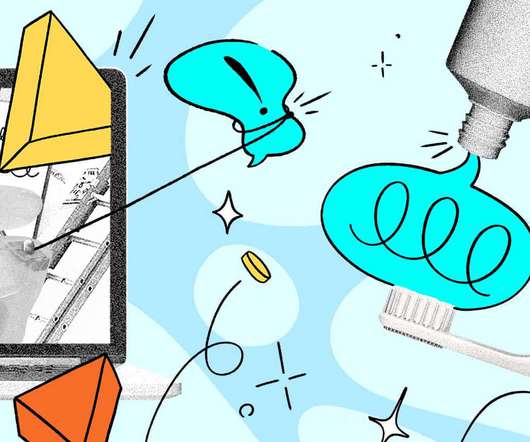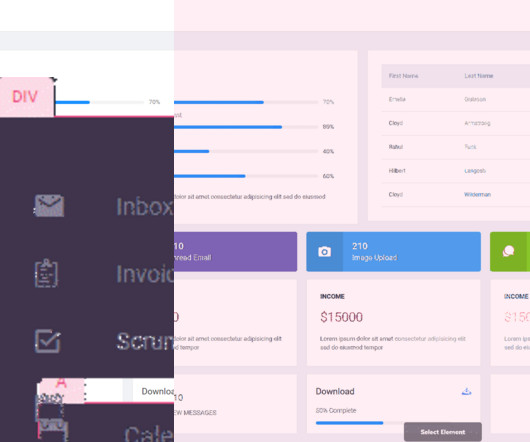Designing Series: How we built our customer messaging orchestration tool
Intercom, Inc.
SEPTEMBER 23, 2020
Last week we released Series , a brand new way to orchestrate customer messaging campaigns in Intercom. Our first customer messaging solution. In 2016 we released Smart Campaigns , which addressed the same problem of message orchestration. This approach resonated with a number of customers. Give it a try.
.jpg)















Let's personalize your content